The most fun you can have in a beesuit
Synopsis : Queen rearing is enjoyable and educational. Don’t let the experts put you off. You don’t need to graft day-old larvae to rear queens.
Introduction
A long time ago {{1}} I bought, read and re-read Ted Hooper’s excellent book Guide to Bees and Honey. Every time I read it I’d find something I’d missed the last time and, even now, there are nuanced comments I think I am only now beginning to understand.
I’m exaggerating slightly when I say ’read and re-read’ as there was one chapter I pretty-much skipped over each time.
That was the chapter on queen rearing.
What put me off?
It was probably his description of opening queen cells with the tip of a penknife to check how far development had progressed, re-sealing the cell and returning the frame to the hive.
I knew enough about bees to know that the future success of the hive depended upon it successfully requeening after swarming.
But I didn’t know enough to stop them swarming 😉 .
I’d also already had to ‘borrow’ a frame of cells from a friend to rescue a terminally queenless colony of mine. ’Enthusiastically clumsy’ defined my beekeeping skillset, and was probably the comment the {{2}} examiner made in his notes during my BBKA Basic assessment.
The prospect of meddling with developing queens, with something so precious, seemed like total madness.
Surely it’s better to let them get on with it?
For the first couple of years of beekeeping, I thought of queens as an exquisitely fragile – and by implication valuable – resource. The prospect of rearing them, handling them, putting them in little boxes or – surely not? – prising a cell open to see if they’d developed sufficiently, was an anathema to me.
Consequently, I repeatedly skipped the chapter on queen rearing.
Too difficult … not for me … nope, not interested.
The BBKA Annual Convention
Before they moved the event to Harper Adams, the BBKA used to hold its spring convention at the Royal Agricultural showground just outside Warwick. My (then) local association provided stewards for the event and I was asked – or volunteered – to help the late Terry Clare run the queen rearing course one year.
I’d never done any queen rearing … and still hadn’t completely read that chapter in Hooper’s book.
I’d like to take this opportunity to apologise to those who paid to attend the course … at least those who received any ‘help’ from me, though everything else about the course was very good.
After an introductory lecture from Terry, we spent a warm afternoon in a poorly lit room practising grafting larvae. A thin cloud of disorientated bees circled our heads before being ushered out through the windows. Most of the larvae on the frames were visible from across the room {{3}} but at least they didn’t turn to mush with our neophyte fumblings as we transferred them from comb to plastic queen cups.
Terry moved from table to table, checking progress. He explained things well. Very well. The preparation and procedures seemed a whole lot more accessible than they had in Hooper’s book.
I’m a reasonably quick learner and that afternoon convinced me I should, and could, at least try it on my own.
The session ended with a wrap-up lecture in which Terry encouraged us all to ‘have a go’, and not be put off by an initial lack of success.
He assured us it would be worthwhile and enjoyable.
We dispersed into the late afternoon sun, talking of bees and queens and our plans for the season ahead.
Balmy April weather
There was an early spring that year, colonies had overwintered well and were strong. The Convention was held in early April if I remember and the good weather continued for at least another 2-3 weeks.
Well before the end of the month I had my first successfully grafted larvae being reared as queens.
It wasn’t an overwhelming success.
I probably grafted a dozen, got half accepted, lost more during development {{4}} and ended with just two virgins. I don’t have notes from those days, but I’m pretty sure only one got successfully mated.
So, success in a very limited way, but still success 🙂 .
It still makes me smile.
Terry’s presentation had clarified the mechanics of the process. It no longer seemed like witchcraft. It was all very logical. He’d made it clear that the little specialised equipment needed was either ’as cheap as chips’ {{5}} or could easily be built at home by someone as cack-handed as I was am {{6}}.
The practical session had given me confidence I could see and manipulate huge fat larvae that were far too old to be reared as queens larvae. Even with my ’hands like feet’ moving a delicate larva from comb to plastic queen cup seemed possible, if not entirely natural.
I scrounged some JzBz cups from someone/somewhere, built a cell bar frame and some fat dummies {{7}} the week after the Convention and used one of my colonies as a cell raiser and the other as the source of larvae.
And, at a first approximation, everything sort of worked.
I could rear queens from larvae I had selected 🙂 .
Try, try and try again
I repeated it again the following month. I was more successful. The nucs I produced were either overwintered or built up strongly enough to be moved into full hives.
I think one went to my mentee. My association encouraged relative newcomers to mentor, probably one of the best ways to improve your beekeeping (other than queen rearing).
Within a year I had 6-8 colonies or nucs and twice than number the year after that.
Almost all were headed by queens I had reared … ‘almost’ as my swarm control skills were still developing 😉 .
Now, over a decade later, my swarm control skills have improved considerably … as has my queen rearing.
I remain resolutely cack-handed but I’m now a lot more confident in my hamfistedness.
I still mainly use the same technique Terry Clare taught on that course in Stoneleigh, though I’ve now also used a number of other approaches and successfully reared queens using most of them. Even the cell bar frame I built is still in use, though I’ve built some fancier fat dummies.
Queen rearing has taught me more about keeping bees than any other aspect of the hobby … more about judging the state of the colony, the quality of the bees, the suitability of the environment, the weather, the forage etc.
Queen rearing has improved the quality of my bees, year upon year, so that they suit my environment and colony management.
But – more importantly and perhaps a little selfishly – queen rearing has given me more enjoyment than any other aspect of beekeeping.
I’d prefer to rear queens than get a bumper honey crop … but because I rear queens that suit me and the environment, I do pretty well for honey as well.
10%
I give 20-30 talks a season to beekeeping associations. When I’m talking about queen rearing I usually ask the organisers about the number in their association that actively rear queens.
By actively I mean that do more than simply allow colonies to requeen themselves during swarm control. Don’t get me wrong, I’m not denigrating this essential aspect of beekeeping. We all (have to) do it.
To me ‘active’ queen rearing doesn’t necessarily mean grafting larvae, incubators, mini-nucs and all that palaver. But it does mean:
- preparing a colony to be in a suitable state to rear new queens {{8}}.
- rearing queens from larvae selected (though not necessarily individually selected) from a colony with desirable characteristics e.g. good temper, productivity, frugality.
- rearing more than one queen at a time, with the excess used for making increase, for sale, for ’just in case’ situations etc.
There’s perhaps a slightly grey area where you split a hive (with desirable characteristics) that’s making swarm preparations into multiple nucs, each of which gets an immature queen cell.
But, let’s not get bogged down in definitions … that’s not the point of this post (which, although it might not be obvious yet, is to encourage you to ’have a go’).
And, when I ask {{9}}, I’m regularly told that only a small number, perhaps ~10%, of association members actively rear queens.
Why so few?
Enjoyable, educational, useful … choose any three
Of course, there’s no requirement that a beekeeper gets involved in queen rearing. You can keep bees for years without rearing queens, other than during swarm control and by making up splits. I know a few beekeepers who have been keeping bees like this for decades … by many criteria they are skilled and successful beekeepers.
But sometimes, which might mean ‘often’, being able to rear queens and having some of those ‘spare’ queens available is extremely useful.
Spare queens, heading nucs in the apiary, can be overwintered to make up losses. These can be sold or donated in Spring to meet the enormous {{10}} demand for bees early in the season. The availability of a queen can ‘fix’ an aggressive colony, can rescue an otherwise doomed colony, or can effectively ‘gain’ a month of brood rearing and nectar collection should the old queen fail.
And that extra month of brood might make the difference between successful overwintering or not.
In my view, once you can rear your own queens you are pretty-much self-sufficient … there are very few situations that cannot be rescued.
And all of those benefits are before you even consider the two other things I mentioned above:
- that successful queen rearing will inevitably improve your more general skills as a beekeeper, and
- you will get a lot of satisfaction and enjoyment from doing it … literally ’the most fun you can have in a beesuit’ {{11}}.
Why so few?
Beekeeping, like many other hobbies, can appear an esoteric pastime. Weird terminology, hierarchical organisation {{12}}, specialised equipment, unusual costumes and a tendency to still use arcane practises.
And queen rearing – probably like candle making or the production of excellent mead {{13}} – is a specialised niche within what is already a rather niche activity.
It has its own terminology, equipment and methods.
To the uninitiated – even to another beekeeper, like me reading Ted Hooper’s book – it can appear fiendishly difficult.
And, unfortunately, some practitioners make it sound esoteric, specialised and difficult.
It’s a sort of one-upmanship.
They promote methods that may not suit the beginner, that require lots of resources, or that involve techniques that sound exceptionally skilful, even when they’re not. Not deliberately perhaps, but that’s what happens.
All of which means that:
- people are dissuaded from trying it in the first place
- those that do try (with trepidation because, you know, ”it’s difficult”) and that achieve only limited success, have their initial impression reinforced and are unlikely to try again
It’s very easy to talk yourself out of trying something you think will be difficult and/or you are unlikely to succeed at.
Actually, it’s not only easy, it’s also entirely understandable.
Why go to all that trouble if it’s unlikely to work?
After all, you can usually buy queens ‘next day delivery’ for £50 … surely that would be easier?
Perhaps … if they’re available when you want them. Really early in the season? Think again. During the peak swarming season when everyone else wants to requeen their colonies they accidentally destroyed all the queen cells in. Nope.
But, as Terry Clare so ably instructed … it is not that difficult to rear your own.
There’s more than one way to do it
I’ve written an entire post on this topic and it applies as much to queen rearing as it does to other aspects of our hobby.
If not more.
There are many different ways of successfully achieving the three key components of the process:
- preparing the colony to receive larvae
- presenting the larvae
- getting the resulting virgin queens mated
Today’s post isn’t an introduction to queen rearing … it’s meant instead as an encouragment to try queen rearing.
If you’ve got a year or two of beekeeping experience and one, or preferably two, colonies you have the essentials you need to start. It’s what I started with … and look how that ended 😉 .
Over the next three months I’ll write two or three more posts on the basics, in good time for you to ’have a go’ in 2023.
If you’re impatient to read more, I’ve already written about two methods I have used extensively – the Ben Harden system and queen rearing with a Cloake board.
However, throughout these descriptions I’ve emphasised the use of individual grafted larvae.
Grafting is the transfer of larvae from the comb where the egg hatched to a wax or plastic queen queen cup. For best results the larvae should no more than ~18 hours old.
A suitable larva may well be no bigger than the egg it hatched from.
Already I can feel beginners switching off … “Too difficult … not for me … nope, not interested.”
Although grafting is an easily learned and reasonably straightforward technique it can appear very daunting to the beginner.
Perhaps I’m therefore also guilty of making queen rearing sound ‘esoteric, specialised and difficult’.
Am I guilty as well?
Indubitably, m’lud.
But … in my defence please consider the two recent posts on ’Picking winners’.
The purpose of those posts was to highlight – for people (like me) that already routinely use grafting as part of their queen rearing – that the bees may choose different larvae to rear as queens than the beekeeper might choose.
The beekeeper is essentially non-selective, whereas the bees are very selective.
I think this is interesting and it’s got me wondering about the qualities the bees select and whether they’d be beneficial for my beekeeping.
But there’s another equally important ‘take home message’ from these two posts. This is relevant to beekeepers who do not already rear queens (but who would like to) but that are put off by the thought of grafting.
And that is that you can easily produce excellent quality queen cells without grafting or ‘handling’ larvae at all.
If you refer back to that three point list above, point 2 ( ‘presenting the larvae’) can be as straightforward as simply adding a frame of eggs and larvae to a suitably prepared hive.
That’s it.
What could be easier?
No magnifying glasses, no headtorch, no treble ‘0’ sable paintbrush, no JzBz plastic cups, no cell bar frame, no ’do I or don’t I prime the cups with royal jelly?’, no desperate searching around the frame for larvae of the right size, no worries about larvae getting chilled, or drying out …
Pick a frame, any frame
As long as it has eggs and young larvae … and comes from a donor colony that has the characteristics you like in your bees.
There’s little point in rearing queens from poor quality bees.
For starters I’d suggest you select a frame from a colony of calm, well behaved bees.
If none of your colonies are dependably calm and well behaved you definitely need to learn to rear queens, but you should ask a friend or mentor {{14}} for a frame of eggs and larvae from a good colony.
Bees are very good at picking larvae suitable for rearing into queens. Let them do the ‘heavy lifting’. Once the queen cells are ready you cut them out of the frame and use them in the same way as you would use cells from grafted larvae.
So, having hopefully convinced you that you don’t need to graft larvae to produce queen cells, that seems like a logical place to end this post.
In future posts I’ll discuss points 1 and 3 in that numbered list above.
You already know almost everything you now need to know about point 2 😉 .
{{1}}: though not in a galaxy far, far away.
{{2}}: Generous or blind … perhaps both.
{{3}}: No fault of Terry’s … we’d been out collecting frames earlier in the day. Blame the help.
{{4}}: Meddling probably … D’oh!
{{5}}: My words, not his.
{{6}}: My words, not his.
{{7}}: Ignore these highly technical terms at the moment.
{{8}}: Which, you should realise, means you are not restricted to only rear queens during the swarming season.
{{9}}: No, I hadn’t forgotten to get back to this point.
{{10}}: And, seemingly, ever increasing.
{{11}}: My original title for this post ended with a question mark. To avoid salacious anecdotes in the comments I decided to omit the ‘?’ and instead make it a statement.
{{12}}: The bees and the examination system.
{{13}}: Both things I do the exact opposite of excel at.
{{14}}: Perhaps one and the same person?
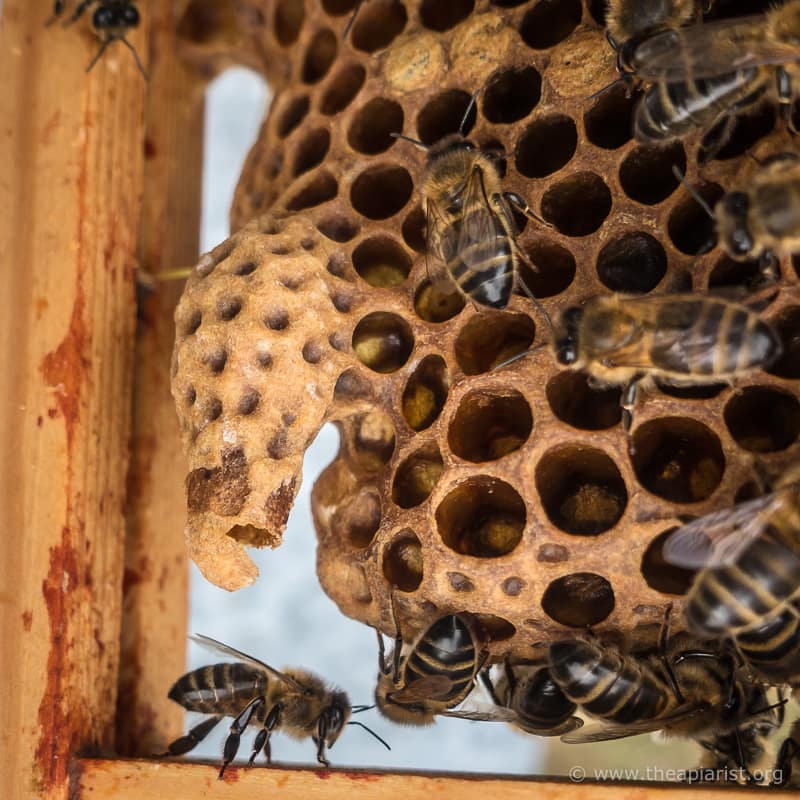
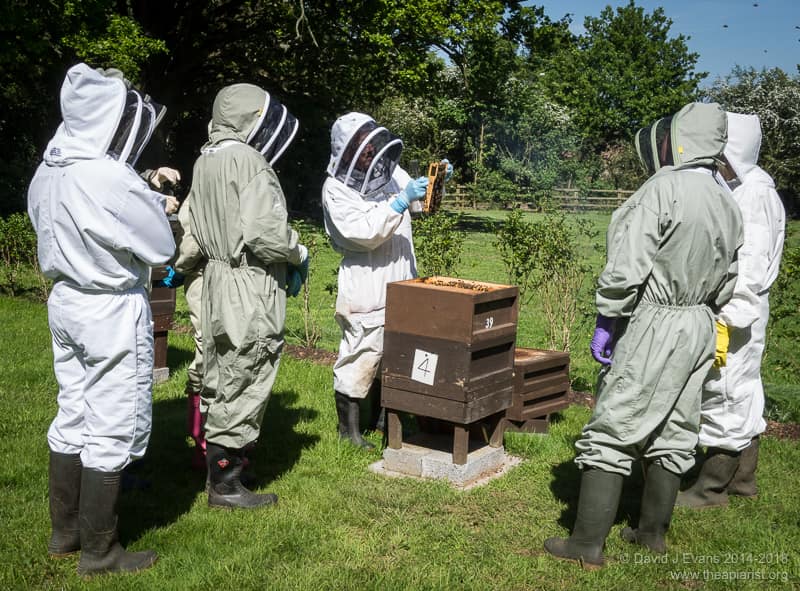
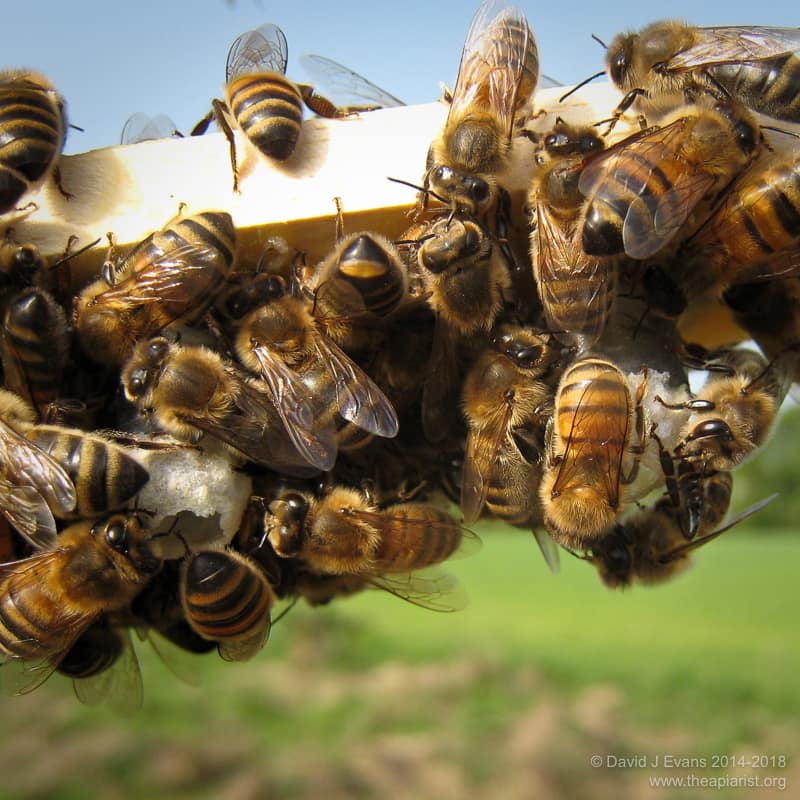
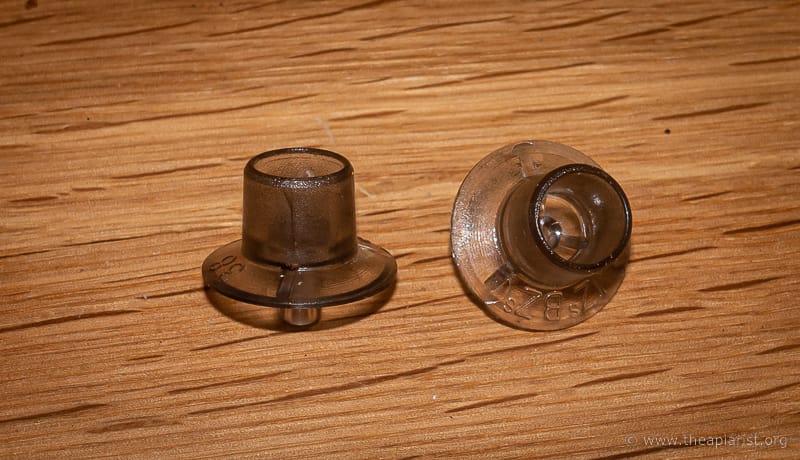
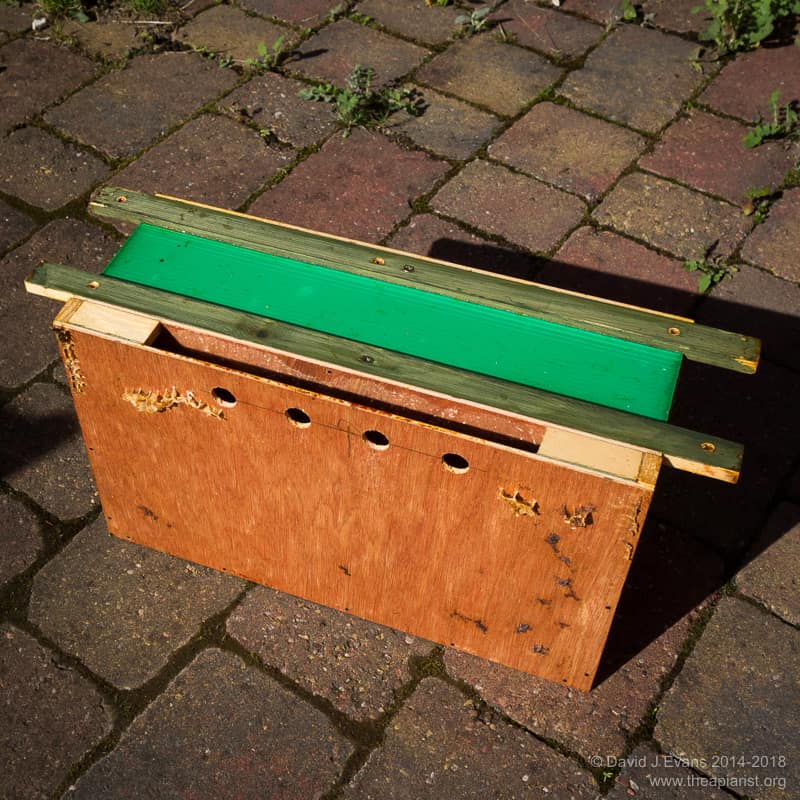
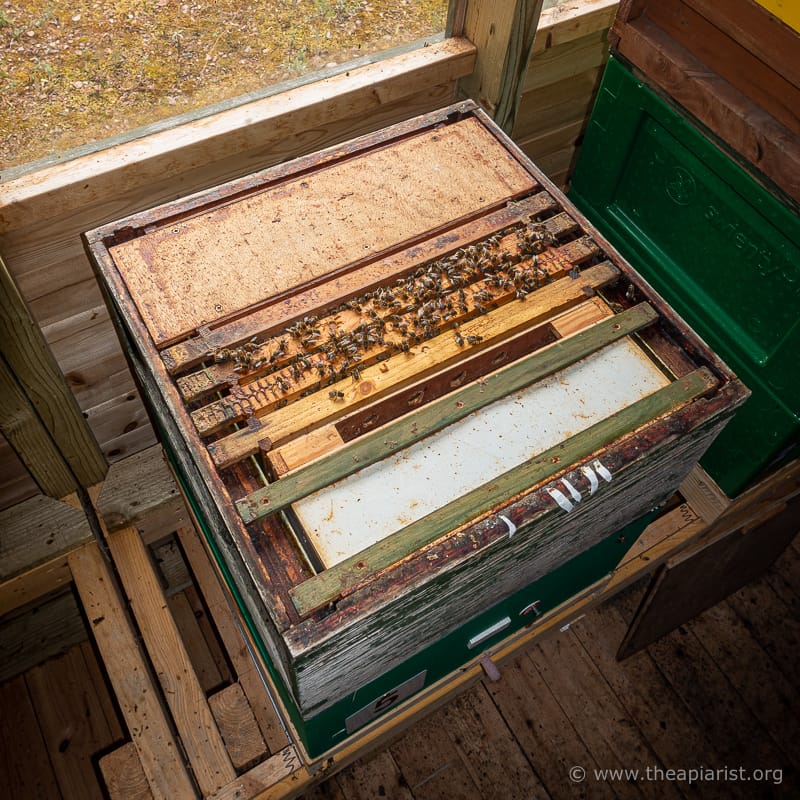
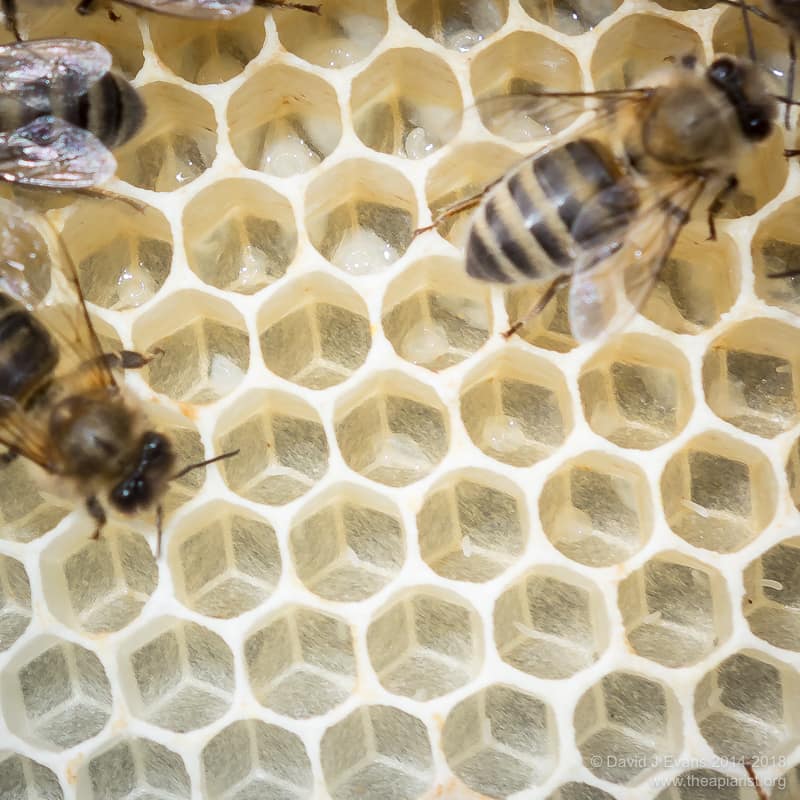
Join the discussion ...